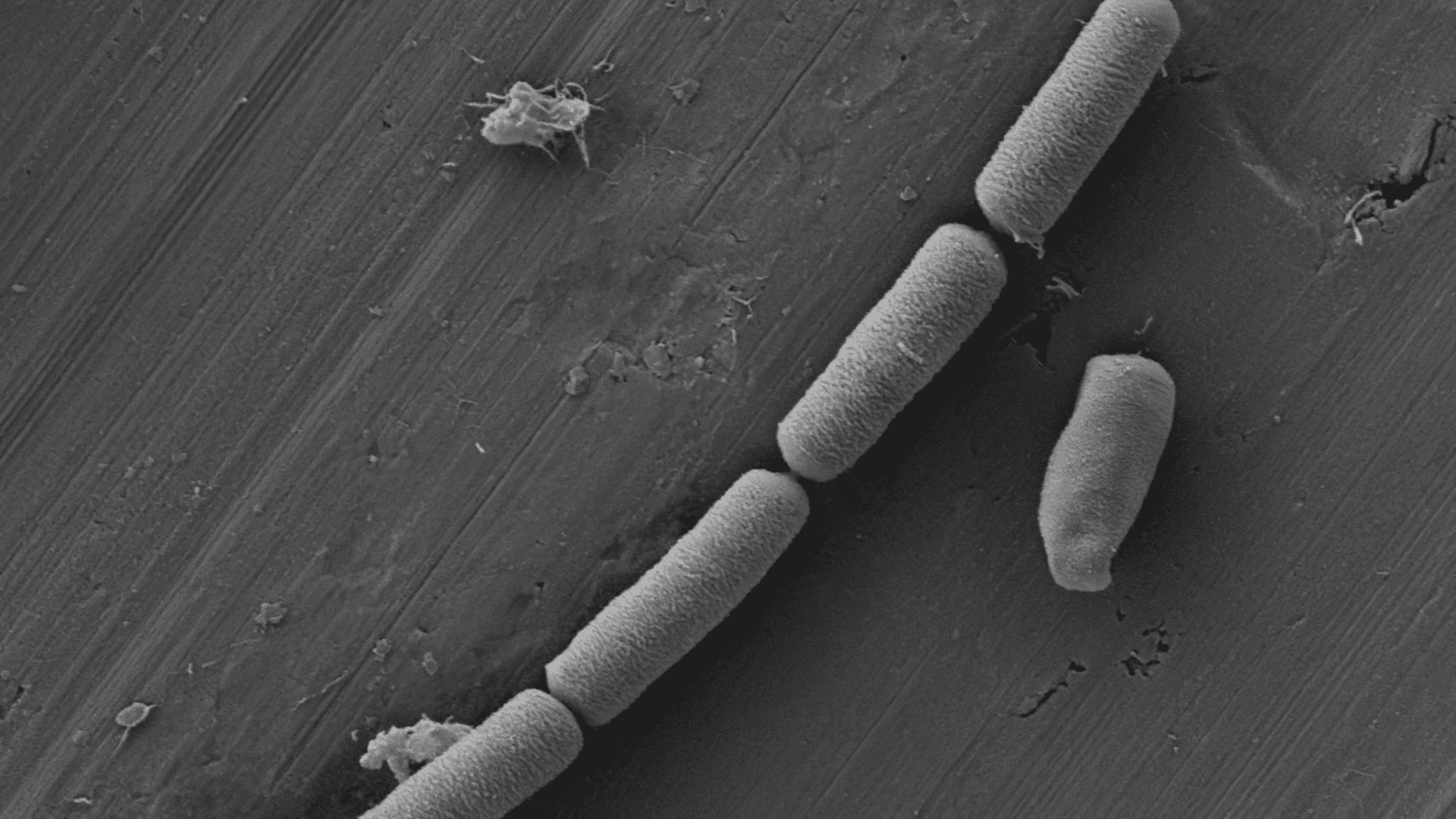A building, house, or structure that could double as an electricity storage device sounds like science fiction. However, a research team at Aarhus University is bringing that concept closer to reality. According to the team, they have found a way to turn concrete into a living energy device.
Turning Buildings Into Batteries

The team explained their findings in the scientific journal Cell Press. They explained how they added Shewanella oneidensis bacteria to a cement mixture. These microbes can transfer electrons to external surfaces, creating a network of charge carriers within the cement.
The result is a biohybrid supercapacitor. According to the researchers, the supercapacitor outperformed traditional cement-based energy storage systems. Researchers believe the breakthrough could lead to a new era of self-sustaining infrastructure.
They note that the material’s ability to regain power is particularly impressive.
Microbial activity naturally declines over time. The team created an integrated microfluidic network to deliver a nutrient solution to the bacteria to overcome this.
“We’ve combined structure with function,” said lead researcher Qi Luo. “The result is a new kind of material that can bear loads and store energy; it can regain its performance when given nutrients.”
Using this method, materials can recover up to 80% of their original energy capacity. As a result, the possibilities are wide open for recoverable energy materials that do not need battery replacements.
When researchers put the material through extensive tests, it maintained energy storage capabilities in freezing and hot temperatures. Researchers connected six blocks in series, which produced enough energy to power an LED light.
“This isn’t just a lab experiment,” Luo said. “We envision this technology being integrated into real buildings, in walls, foundations, or bridges, where it can support renewable energy sources like solar panels by providing local energy storage.”
Researchers explained that a modest energy density could allow the walls of a standard room to store up to 10 kWh.
The material is still in the proof-of-concept stage. However, the findings suggest a future in which buildings are active parts of our energy grids.


